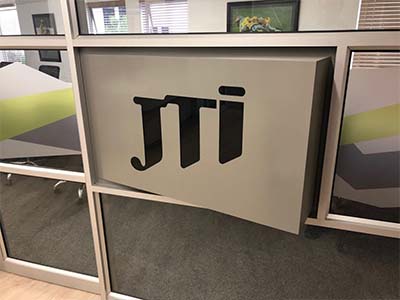There are many plastic manufacturing processes to select from, and you will find wide ranges related to freedom of shape, setup expenses, charges per component part, completion time, plus the scale of production the process facilitates. Widely used methods encompass CNC (computer numerical control) machining and vacuum formation, both of which cater to alternative design and manufacturing necessities. CNC, for example, features a moderate degree of freedom when considering the form, a completion period of less than a day, a medium set-up price, steeply-priced individual parts, and suits massive scale development. Vacuum formation, however, provides a limited flexibility of form, best suited for developing simple forms, and can have a completion time of up to a month. Furthermore, because there’s a wide scope of CNC machines, from basic desktop technology, to much more advanced pieces of equipment, the startup costs vary from low to very high, and the cost per component and the completion time are very diverse, and dependent on the sophistication of the equipment.
CNC Machining
CNC machining is a computer regulated subtractive procedure, which removes material from plastic as a way to build the chosen form. The computer is high-tech, with the capability to change a design into figures using a computer assisted design computer software system. The numbers are then competent to control the machine to cut the required form. To setup, the pieces of equipment require an intermediate stage in the development and validation of tool paths. As soon as the machine obtains the tool paths, the subtractive procedure is started. When the construction is finished, the component part is cleansed, smoothed, and trimmed.
For low quantity plastic component part requests that demand tight tolerances and shapes that are tricky to mould, machining is appropriate. CNC machining also has minimal to medium initial expenses, and can give high quality plastic pieces with limited completion times. Yet, with increased product intricacy, the price per component increases. Additionally, the process demands tool access allowances, and a number of shapes, for example those with curved interior channels, are near-impossible to make with CNC manufacturing.
Introduction To Vacuum Formation
Vacuum formation is a process in which plastic material is heated and moulded, normally using a mould. The scale and sophistication of vacuum-forming machines range between low priced desktop devices to sophisticated manufacturing equipment.
It is often appropriate for any project, ranging from tailor-made designs to large-scale manufacturing, considering the large range of equipment available and that also automation is undoubtedly an option if required. Even so, there is little versatility in the different kinds of design it can develop, and is unfortunately exclusively competent to generate pieces with simple geometries. In comparison to various other methods, tooling prices are low, given that vacuum formation only needs minimal forces and pressures. Commonly, for modest production sizes the moulds are made of 3D printed resin, or possibly plaster, and then for greater manufacturing sizes more robust equipment made from metal is commonly used. {For anyone who is looking at much more info with reference to bespoke acrylic design this web site custom perspex forming provides a whole lot more threads relating to moulding acrylic sheet. If you’re looking for further information about perspex prototyping this internet site custom perspex forming has numerous more write-ups connected with perspex approved fabricator. For anyone who is interested in further details relevant to thermoforming plastic sheet this web-site large plastic prototypes offers many more articles and reviews dealing with plastic rapid prototyping. This article plastic fabrication company provides extensive more information on the main topic of plastic bend fab. There are thousands of clear plastic prototypes online sites in the united kingdom, if you’re looking for additional information and also the cost this blog is a great starting point then placed into the mould and cooled, and quite often fans as well as other chilling strategies are implemented in an effort to speed up the chilling process. The last stage involves any excess plastic being removed.

